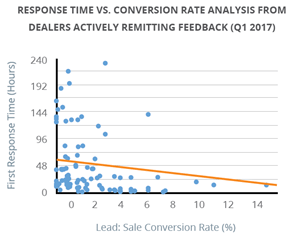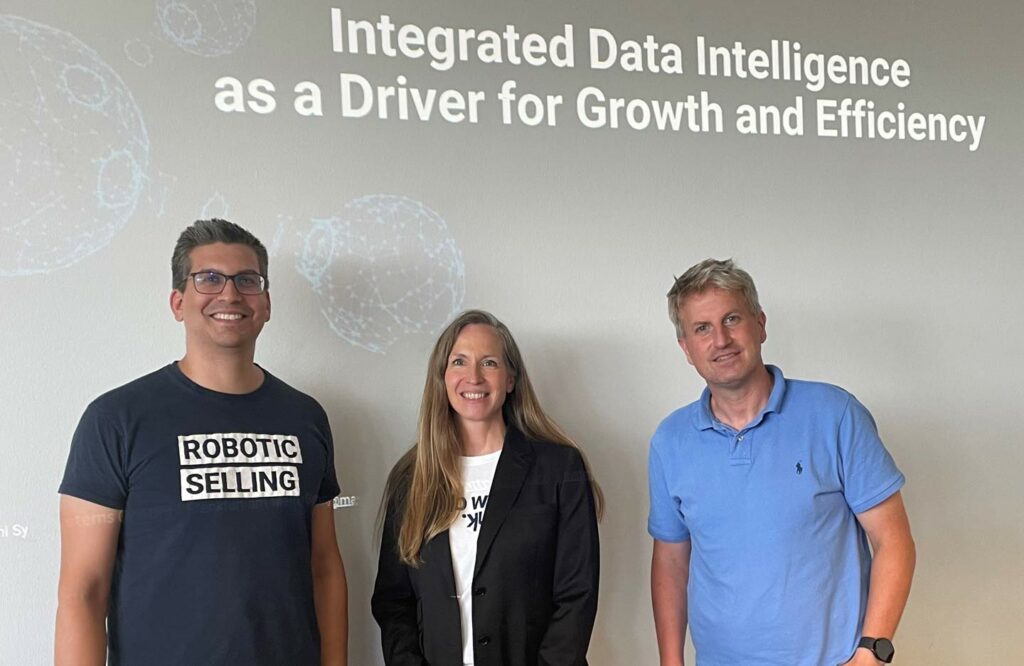Companies use numerous systems – each for certain functions or tasks. For example, companies often use CRM, ERP, and marketing automation systems. Working with many systems almost inevitably results in the following limitations.
Redundancies
Data is often created and maintained multiple times in various systems. This results in duplicates. Studies show that avoidably erroneous and duplicate data generate expensive operational costs.
Inconsistency
Data varies in its currency across the systems used. For example, if a customer’s last name or email address has been updated in a CRM system, the updated data usually doesn’t make it directly into the ERP or marketing system. The problems this can cause can be easily deduced. The example described probably leads to less critical problems still.
Availability
Important data is also not available everywhere it is needed. For example, marketing often does not have access to existing customer data, or sales does not have access to relevant inquiries generated via inbound marketing campaigns.
Speed
In sales, speed is crucial. The faster you respond to inquiries, the higher your probability of closing. Inquiries from potential new customers are often made via digital channels. A qualified inquiry made through a lead management application needs to be delivered to sales as quickly as possible. If the marketing application, such as HubSpot or SAP Marketing Cloud, is not connected to the CRM system or Sales Cloud, this is not possible. Often, data is exported by hand from one system once a week and then imported into the other. However, the expectation of potential customers is to receive quick feedback. In order to fulfill this expectation and thus also realize a more successful sales process, the inquiries must be transferred to the CRM system immediately after they have been entered in the marketing application. Of course, it is optimal if such tasks are automated and run in real time.
Conclusion
Data integration is an essential technical and business challenge for enterprises today. With an enterprise data platform, all of the limitations described can be completely resolved. This can reduce costs and create new opportunities for more customer-oriented processes.




